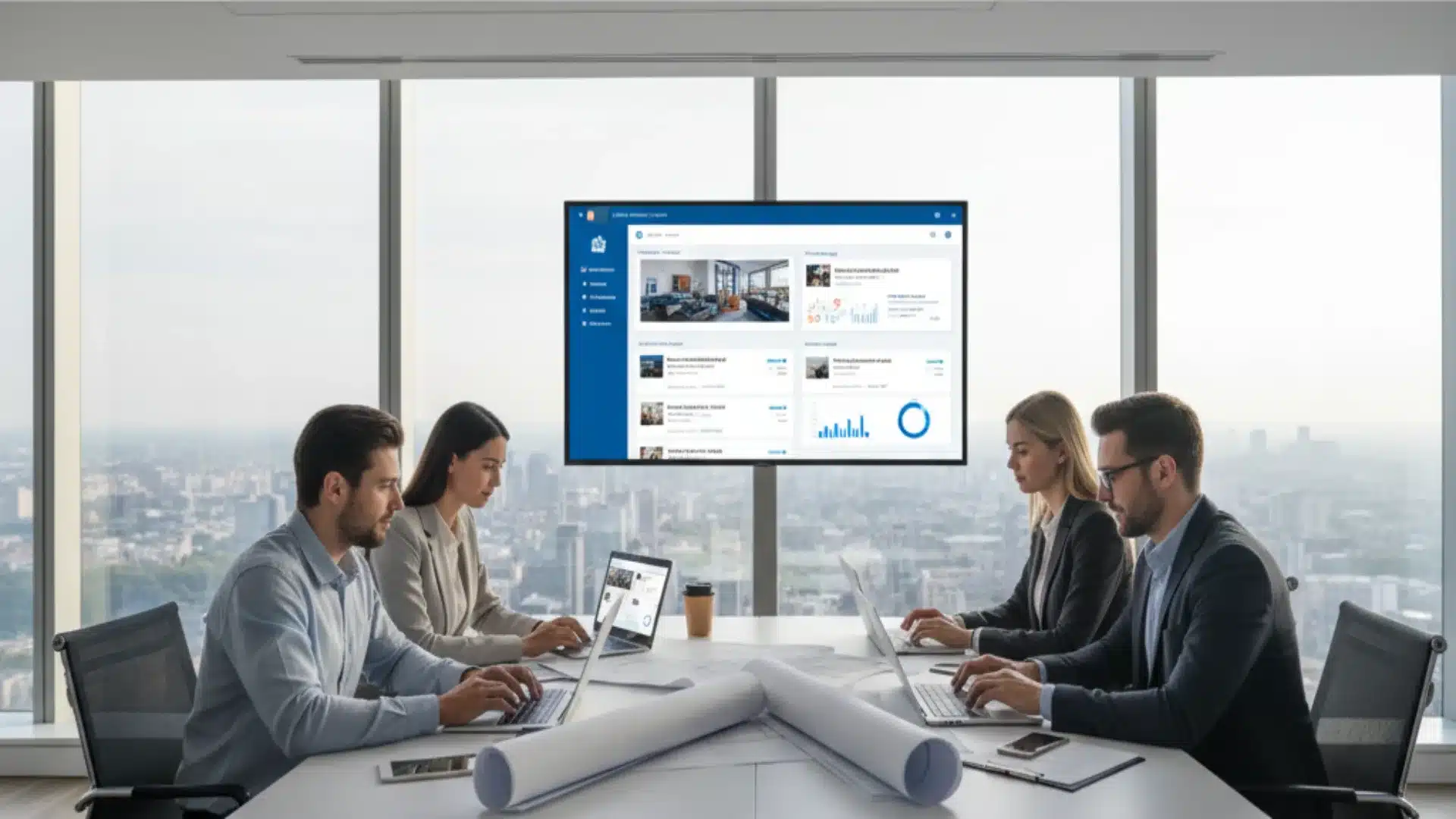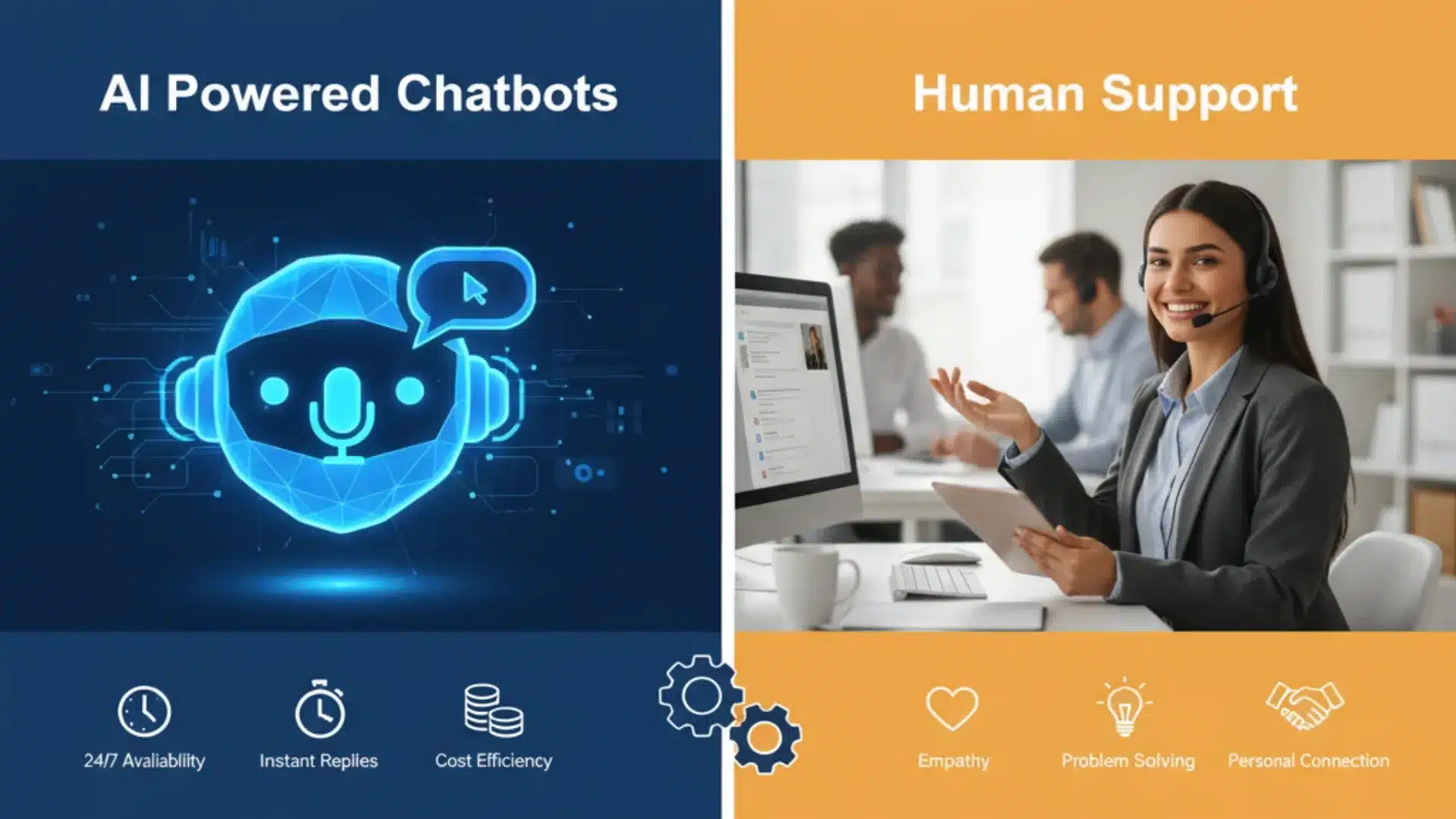How to Choose the Right CRM for Your Real Estate Business

AI Generated. Credit: Google Gemini
Table of Contents
- Step 1: Define Your Business Needs (Solo Agent vs. Team)
- Step 2: The Must-Have, Real Estate-Specific Feature Checklist
- Step 3: Technical & Practical Criteria for Long-Term Success
- Step 4: The Soft Factors (Cost, Training, and Support)
- Conclusion
Every successful real estate professional knows the dread. It hits when that hot lead vanishes because details were scribbled on a sticky note. It happens when you realize you missed a critical follow-up, losing a potential commission. The truth is, a professional Real Estate CRM is not an indulgence, but rather the central nervous system of a successful and scalable agency. Therefore, choosing the appropriate one is the single most important operational decision you will make this year. This guide takes an organized, step-by-step approach. We will outline clear, relevant, real estate-specific criteria to identify the perfect CRM for your business model, whether you’re a high-volume solo agent or leading a large brokerage with several offices.
Step 1: Define Your Business Needs (Solo Agent vs. Team)
Before evaluating any software, you must clearly define its purpose. What is the core problem the CRM must solve for your business? Clarity here prevents wasted time and unnecessary spending.
A. Identify Your CRM “Why” (Goals)
Your primary goals typically fall into these areas:
- Lead Organization/Database Management: Just integrating all your contacts into one clean, accessible database and moving beyond the cumbersome spreadsheets.
- Automated Follow-Up/Lead Nurturing: Set up smart automated sequences so that emails and texts are sent to every lead at consistent intervals, even if you are busy.
- Transaction/Pipeline Tracking: Gaining a clear, visual overview of every deal and tracking the progress from initial prospect to close.
- Team Collaboration/Accountability: If you’re managing others, you need a system to route leads efficiently and track every agent’s activity and progress.
B. Agent vs. Team Needs
The perfect tool for an individual differs significantly from a large organization’s needs.
- Solo Agent: Your focus should be on ease of use and cost-effectiveness. Prioritize features essential for simple contact management and reliable follow-up.
- Team/Brokerage: When seeking the Best CRM for real estate teams, you must prioritize features like automated lead routing, multi-user permissions, robust team-based reporting, and internal communication tools to ensure seamless collaboration and accountability across the board.
Custom AI Software Development Solution For Enterprises
Step 2: The Must-Have, Real Estate-Specific Feature Checklist
A generic sales CRM will simply not handle the unique demands of property transactions. Your platform must be purpose-built. This forms the basis of your Real estate CRM comparison.
A. Core Database Management
- Detailed Contact Profiles: The CRM needs to capture much more than just a name. Look for fields dedicated to spouse details, property preferences, and, very importantly, the lead source, which is imperative to calculate marketing ROI.
- Lead Segmentation and Tagging: You must have the ability to quickly classify the contacts, such as Buyer, Seller, Investor, Past Client, Hot, and Cold. This can be used for highly targeted and relevant communication campaigns.
B. Automation & Follow-Up
This is the key to scalability and is the definition of powerful Real estate lead management software.
- Drip Campaigns/Action Plans: The system should provide pre-built or customizable email and text sequences that ensure that lead follow-up happens consistently, over time, with automation.
- Calendar Integration and Task Reminders: Smooth integration with widely used platforms, such as Google or Outlook, is a must-have; missing appointments or tasks should never happen.
- Automatic Lead Capture from sources: The CRM should instantly capture leads from all primary sources: Zillow, Realtor.com, your IDX website, and all social media advertising platforms. No more manual entry!
C. Pipeline & Transaction Management
- Visual Sales Pipeline: The drag-and-drop board should be clear and track every stage of the deal. This visual clarity will help you manage cash flow and focus on deals nearing closing.
- Key Date/Deadline Tracking: The system should manage specific key dates in the real estate process: Inspections, Closings, and mortgage commitment deadlines. Missing these can be disastrous.
- Document Storage/Management: The integrated storage for necessary paperwork, such as signed disclosures or contracts, is one of the strong positive points related to centralizing your workflow.
Step 3: Technical & Practical Criteria for Long-Term Success
A CRM is a long-term investment. You need assurance that the system is durable and adaptable, making it an actual, scalable real estate CRM.
A. Mobile Accessibility
Real estate professionals operate primarily outside the office. Therefore, a robust, user-friendly mobile app is an essential requirement. Agents must be able to update client records and log calls immediately while on the go.
B. Integrations (The Central Hub)
Your CRM should be the central intelligence hub of your technology stack.
- Website/IDX Integration: This is fundamental as the system must track what properties your clients are searching for and clicking on your website, thereby providing invaluable insight into their intent.
- Email and Phone/Text Integration: All client communication, be it calls, texts, and emails, must be logged automatically against the contact record. Relying on agents to manually log these details rarely works.
- Compatibility with other tools: Ensure it connects with tools like DocuSign and social media managers. If you utilize custom technology or development services from a partner like Cloudester Software, confirm the CRM offers the necessary API access for smooth integration.
C. Scalability and Longevity
Can the platform handle a significant increase in lead volume or a rapid team expansion without becoming slow or prohibitively expensive? Research the provider’s stability. Choose a company committed to development, avoiding smaller, untested systems that might disappear quickly.
D. Reporting and Analytics
You cannot improve what you cannot measure.
- Customizable Dashboards: You need clear dashboards that track agent performance and, crucially, the ROI on lead sources. Use data to stop spending money on ineffective marketing.
- Conversion Analysis: The CRM must show you precisely where leads are converting successfully and where they are dropping off in your process, allowing for continuous optimization.
Step 4: The Soft Factors (Cost, Training, and Support)
The single biggest reason CRM implementations fail is a lack of agent adoption. Address these “soft” factors seriously.
A. Pricing Model
Look beyond the sticker price. Understand the real cost: per-user fees, setup charges, and whether essential features are locked into higher tiers. Calculate the ROI. If the system, enhanced perhaps by custom workflows created by Cloudester Software, helps you save a hundred hours a year or close two more deals, the cost is well warranted.
B. Ease of Use (The Adoption Hurdle)
If the UI and UX are not intuitive, your agents will just circumvent the system altogether. Make sure simplicity and ease of use are foremost during demos; the learning curve needs to be fast and manageable.
C. Customer Support and Training
What level of backup is provided? Expect free, live customer support to be included, either phone or chat. Evaluate what onboarding resources are provided to get your team up to speed quickly: video tutorials, knowledge bases, or a dedicated success manager.
Conclusion
Choosing a purpose-built CRM for Real Estate is an investment in discipline, consistency, and future growth. It takes you from chasing transactions to building a sustainable, scalable business model. Your next actionable steps are: Shortlist three to five candidates that best meet your needs. Ask for a customized demo from the selected providers. And more importantly, take advantage of the free trial periods to allow your agents to test the system in a real-world scenario. Remember, the best CRM services is the one your team actually uses consistently. Choose wisely, and you’ll see a direct and positive impact.









